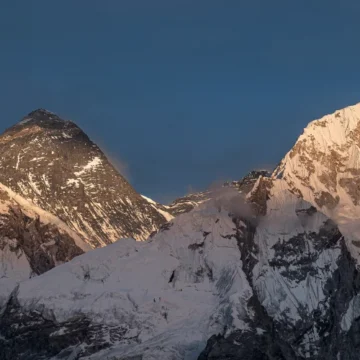
Why is Annapurna So Deadly? The Truth Behind High Death Rate
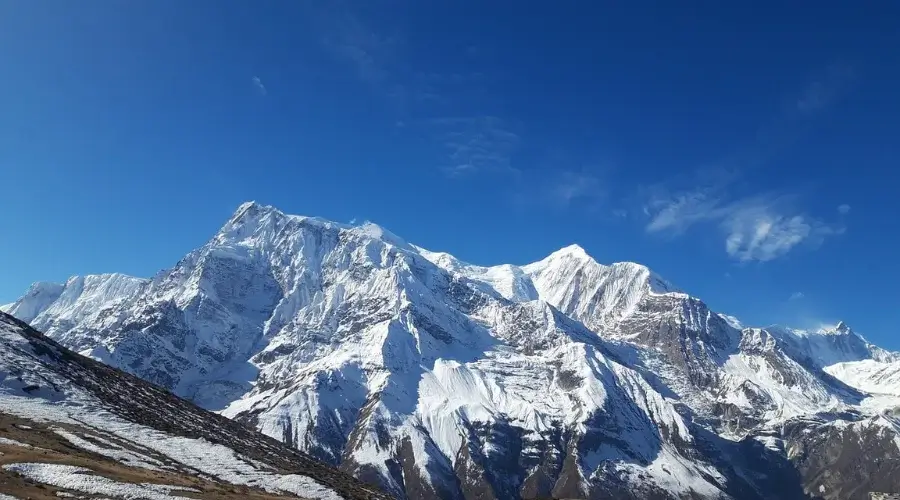
Table of Contents
Mount Annapurna, situated in Nepal, is among the world’s beautiful mountains that are hard to climb. But its fame also lies in the fact that it is one of the deadliest mountains in the world. According to the climbing expeditions to Annapurna, the death rate of the Annapurna mountain is higher. Due to this, this mountain is to have the highest fatality rate among the eight-thousanders, the fourteen highest peaks in the world.
Mount Annapurna Death Rate
But why is Mount Annapurna so deadly? The death rate of Annapurna is high for several reasons, according to the following main push factors. Mount Annapurna has fatally vertiginous and fragile ground. Frequent avalanches and unpredictable climates, among other factors, make climbing very dangerous. Over the years, these factors have caused many accomplished climbers’ deaths.
Today, many climbers still reach Annapurna Peak. Despite all these dangers, people are excited to climb one of the highest mountains and have the power to conquer it. That is why Annapurna is dangerous; travellers should be prepared and respect the mountain and all its inherent risks. People climbing a mountain must adequately prepare for strength and stamina to fight off the mountain.
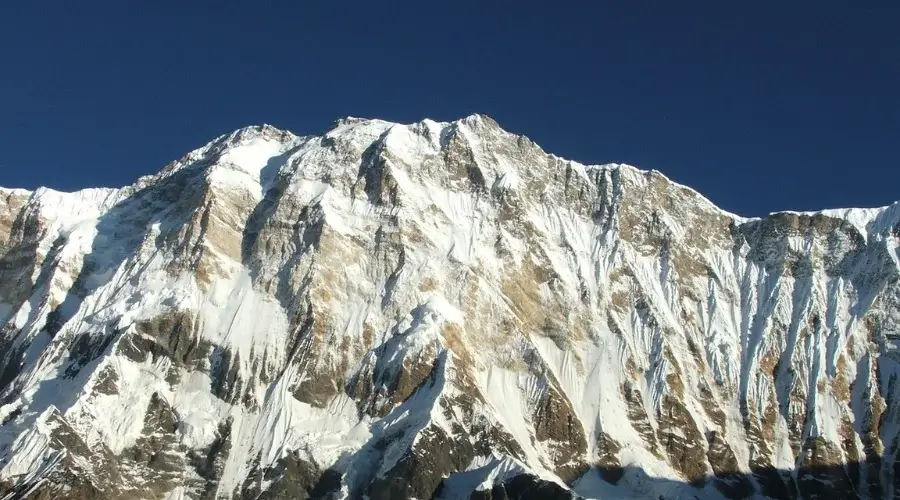
Annapurna Death Rate Before 2019
Historically, until 2019, the mortality rate on this mountain was extremely high; it was described as one of the highest among the eight-thousanders. Many factors were identified as the causes of danger; the terrain was steep and unstable and was characterized by frequent avalanches and sudden weather changes. In the past, climbers faced a fatality rate of approximately 32%.
That is, every respondent and one’s friend might not be alive to recount the experience since one of three climbers died. This statistic shows a crew how dangerous climbing is. Even if it is the 10th highest mountain, Annapurna is so dangerous that only 190 out of 216 dare attempt it.
Such tragedies should not be forgotten to clarify that before 2019, mountaineering at high altitudes was associated with high mortality rates. The climbers are always at risk of many fatal factors that accompany them at the base of the mountain, including explosive factors like blowing snow, unstable and deep snow throughout the steep slopes, extremely low temperatures, and Acute Mountain Sickness. Several accidents occurred before 2019, which emphasizes the need for experienced preparation, sufficient adjustment to extreme climate conditions, and leaving no stone unturned toward showing the mountain respect.
Annapurna 1 Death Rate
Annapurna I has the highest death rate out of all the eight thousand Mountains in the world. The general mortality rate for climbers who try to scale Annapurna I should be around 38% by 2024. Due to unpredictable weather conditions, disasters, regular avalanches, and difficult climbing terrain, the mountain is viewed as dangerous.
Since the first successful attempt in 1950, over 70 climbers have lost their lives attempting to reach the summit of Annapurna I. These facts demonstrate the hazards associated with climbing this challenging mountain and the importance of a skilful approach, significant experience in climbing, and increased respect for the specific conditions of the area. Despite these risks, climbers keep coming to Annapurna I to face the great challenge and gain the prestige of conquering one of the most fatal peaks in the world.
Annapurna 2 Death Rate
Annapurna II is known for being one of the most challenging peaks to climb, and it has a high death rate compared to other peaks. This is due to various factors, including technical difficulty, severe weather conditions, and treacherous terrain.
The overall death rate on Annapurna II is estimated to be around 25%, though this figure can vary. This high rate reflects the peak’s reputation for being extremely demanding and dangerous, with many climbers facing life-threatening situations.
Due to these conditions, climbers need to be well-prepared, experienced, and equipped with proper gear and knowledge of the mountain.
Annapurna Base Camp Death Rate
Annapurna Base Camp (ABC) trekking is one of Nepal’s famous and commonly tourist-visited trekking routes, where people can see the beautiful views of the Annapurna ranges. Unlike the harshest trails of the mountains of Annapurna tre, kicking to ABC is comparatively safer, and the death rate is quite low.
The significant concerns linked to the trek are those brought about by AMS, even though the trek’s highest point is only 4,130 meters (13,550 feet). The mortality rate of trekkers in the Annapurna Base Camp trek is low, normally below one per cent. A large number of deaths are attributed to complications of acute mountain sickness, which, in fact, is avoidable with correct preparation and adequate care.
But it is not absolutely unprotected, and trekkers must know certain risks to prepare adequately. By adorning the recommended measures of altitude acclimatization, drinking a lot of water, and knowing the signs or symptoms of altitude sickness, the possible dangers can be reduced to a minimum. Also, adequate infrastructure and lay-ins provide the necessary support for the travel, explaining the high level of safety on the trek.
Annapurna Circuit Death Rate
While the mortality rate of Annapurna Circuit trekking is comparatively very low compared to the actual climbing expedition, it is not nil. Up to now, it is estimated to be below 1% among the trekkers, most of whom visit the circuit. The mortality rate depends on the prevailing weather conditions, altitude sickness and predisposing factors, and accidents, among other closely related factors.
Some significant threats in Annapurna Circuit are the chances of altitude sickness, avalanches or landslides, severe climatic conditions, and complexities, especially in the monsoon and winter seasons. All these risks can, in the end, be avoided through correct acclimatization, developing a good proactive plan, and observing weather changes.

Most companies offer information concerning the altitude and ensure the trekkers are ready for what is ahead. The trekkers often discuss this, stating if some cautions will be taken. The Annapurna Circuit is comparatively safe for the experienced hiker. However, it is also important for any trekkers to keep them alert to be safe on the trek.
Annapurna Dead Bodies Till July 2024
The Annapurna region is generally tough. Difficult weather has occasioned that, making the area a disaster-prone zone. Many a hiker has lost his or her life in the area, unfortunately. It is quite hard to establish the number of dead bodies that exist on Annapurna peaks up to 2024. Due to the challenging factors associated with mountain climbing. The conditions in the mountains as far as the recovery of the dead bodies is concerned. Nevertheless, according to the estimation, over 72 climbers were killed on the Annapurna I. Which is a part of the greater Annapurna massif.
Annapurna I is especially lethal, and its death rate is approximately 38% for climbers willing to conquer the peak. This figure is due to the signs of risk linked to climbing Annapurna I. It is rough weather, technical climbing, and high avalanche risk.
How Many Deaths on Annapurna?
As of 2024, the Annapurna region, which includes Annapurna I, II, III, IV, and other peaks, has seen many fatalities among climbers. The total number of deaths across all Annapurna mountains is around 72. This figure reflects the high difficulty and danger of climbing in this range, including severe weather, technical challenges, and avalanches. Annapurna I alone contributes the majority of these fatalities. Due to its notoriously high death rate, other peaks in the Annapurna range also present substantial risks.
Why Does Annapurna Have the Highest Death Rate?
Fatality Rate
The harrowing deep gallows of the Annapurna are one of the factors in the fearful fatality rate of just 32%. It is by far the highest rate compared to any other mountain. Apart from narrow crevices, unpredictable weather and avalanches on the steep slopes are other reasons for the high death rate.
Steep Slope
The steep slopes of Annapurna make it one of the most challenging mountains to climb. Hanging snow on the cliff’s edge makes navigation unpredictable; one wrong step could be fatal. Likewise, the Annapurna region is prone to avalanches due to these sharp edges. Snow piles up on the edge once the snow cannot hold itself. It begins to slide down, causing an avalanche. Ice and debris sweep along the snow, making it more dangerous.
Unpredictable Weather
The weather in Annapurna I is constantly changing. The temperature at the lower altitudes can drop to 0°C. While at higher altitudes, it can range from -10°C to -15°C. The wind speed keeps on changing. Furthermore, all these factors make it challenging to climb Annapurna. Also, due to the climatic conditions, avalanches are likely. High temperatures melt ice, and low temperatures freeze the snow, resulting in loosening layers of snow.
Remoteness
It could be climbing Annapurna or going for Annapurna Base Camp (ABC) Trek, the route traverses the wilderness. Similar is the condition for climbing Annapurna. The path has not been so popular and has been designated an Everest Base Camp (EBC) trek or climb. Therefore, the rescue missions on Annapurna add to the challenge. It takes longer to rescue and respond to emergencies. Because of delayed rescue only, many climbers have lost their lives. Additionally, unpredictable weather makes it harder to make rescue flights.
Altitude
Another element that makes Annapurna a more dangerous mountain is its staggering height (8,091 meters). Altitude sickness always lurks on high trips like the Manaslu Circuit Trek. The weaker and the strongest can fall victim to altitude sickness. Similarly, fatigue, loss of appetite, loss of sleep, etc., make Annapurna the world’s most dangerous mountain to climb.

Why is Annapurna So Dangerous?
Annapurna is ranked one of the most lethal mountains on the Earth because many climbers lose their lives attempting to conquer it. Despite this, it is not the only fatal mountain. Four reasons explain its status as one of the most dangerous. Unfavourable climate, certain climbing difficulties, and frequent avalanches. The death rate in Annapurna I, specifically, is among one of the highest compared to other 8,000-meter mountains. The death toll is approximately 72.
However, what has to be mentioned is that mountains such as K2 and Nanga Parbat also yield very high fatality rates and have different difficulties. Still, it remains important that Annapurna is one of the most dangerous mountains in the world. However, the degree of danger can depend on the criteria and on which mountain.
Annapurna Death Ratio
As far as the three famous giant peaks of the world, Annapurna, Everest and K2 are concerned. Annapurna is famous for having a higher death ratio than the other two mountains.
Annapurna I: These death rates have been notably recorded on Annapurna I. About 38 % of climbers attempting to summit the peak face fatal consequences. This is mainly a result of adverse weather, technicality, and the danger of avalanches.
Everest: Although climbing Mount Everest, as in the movies and documentaries, comes with the risk of death. It’s safer than climbing Annapurna, with a smaller fatality ratio. Fatalities in mountaineering range from 1-2% on average for Mount Everest. This lower rate is somewhat because of the infrastructure, such as the fixed ropes and oxygen support, which help climbers.
K2: K2 has an average death rate of 25%. This is one of the most dangerous things to do after Annapurna. The risks involving K2 include severe climate, severe pitches, and protection where no fixed lines add to the high death rate.
Want to know more?
Speak to an Expert





Sandip Dhungana
Nepal 🇳🇵
Whatsapp: +977-9823636377



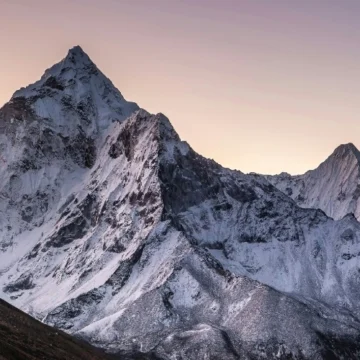

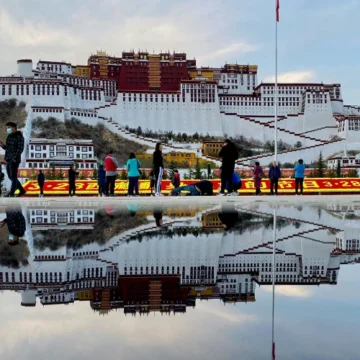
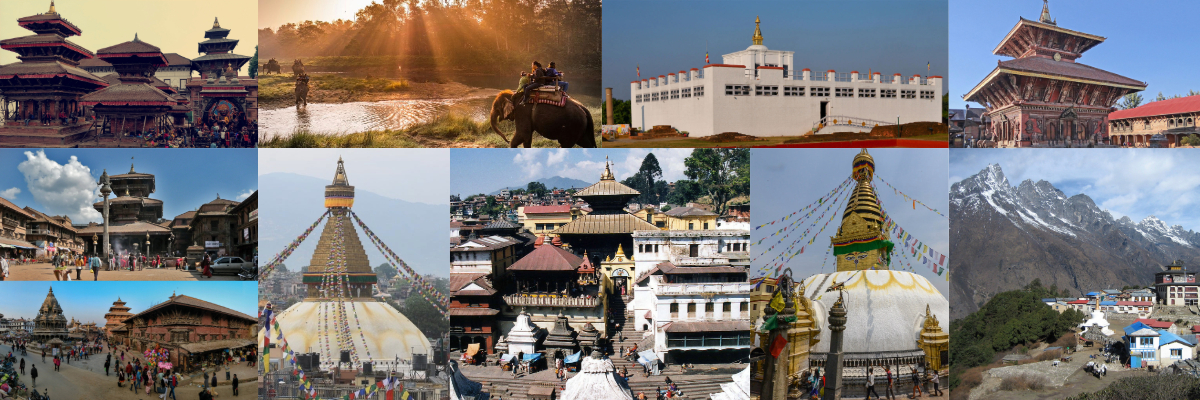
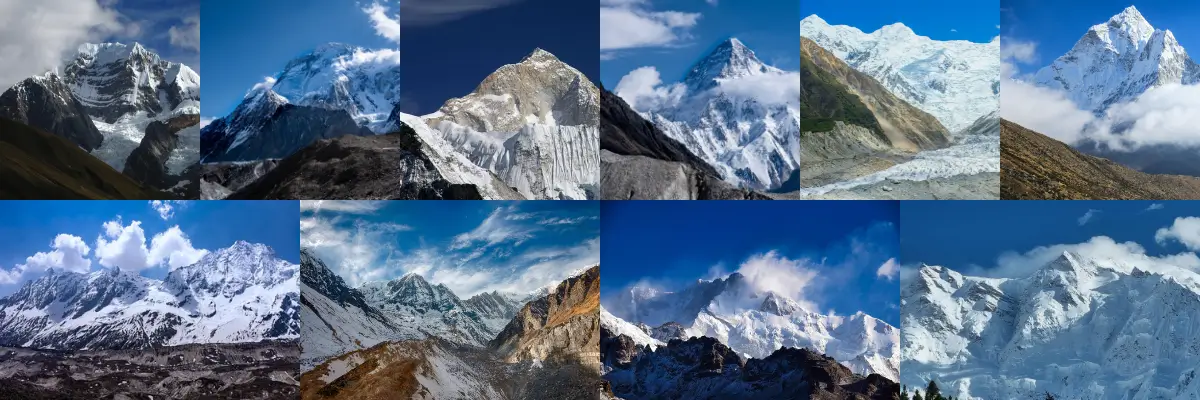
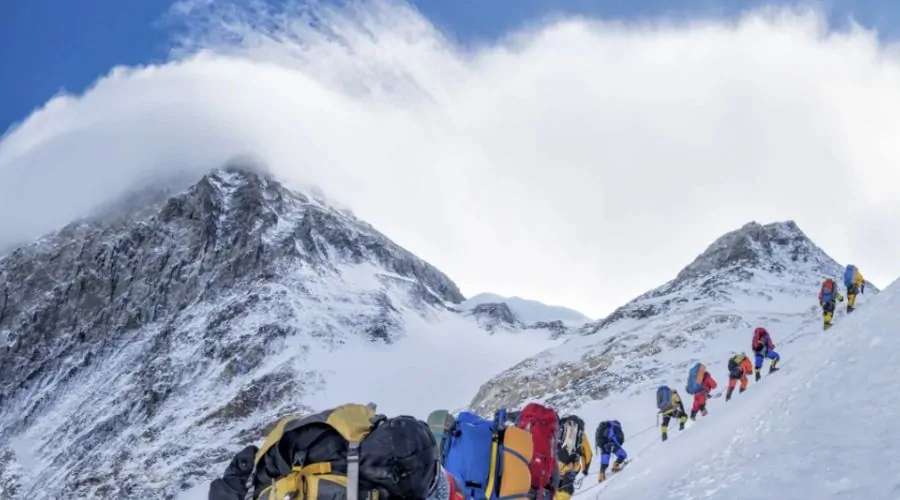
















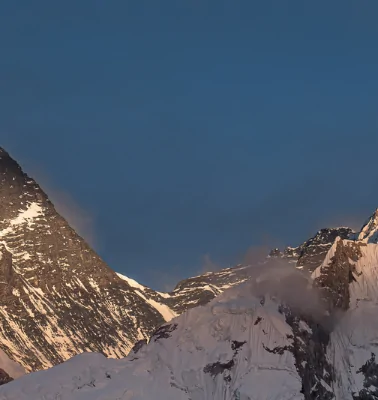
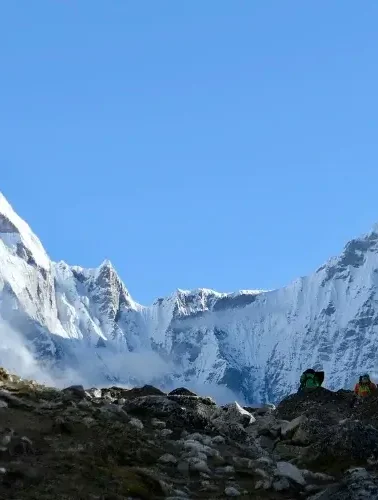
Leave Your Comment